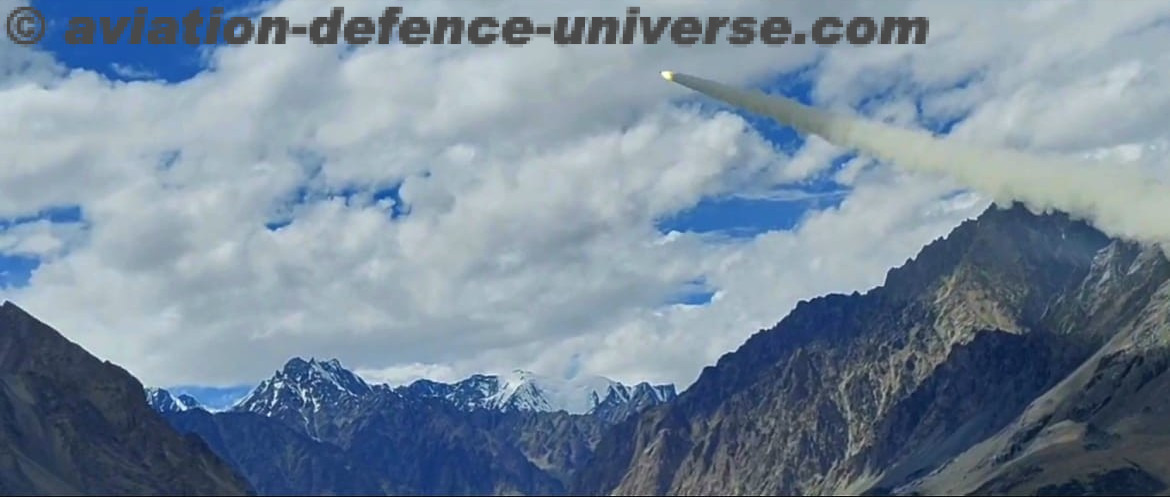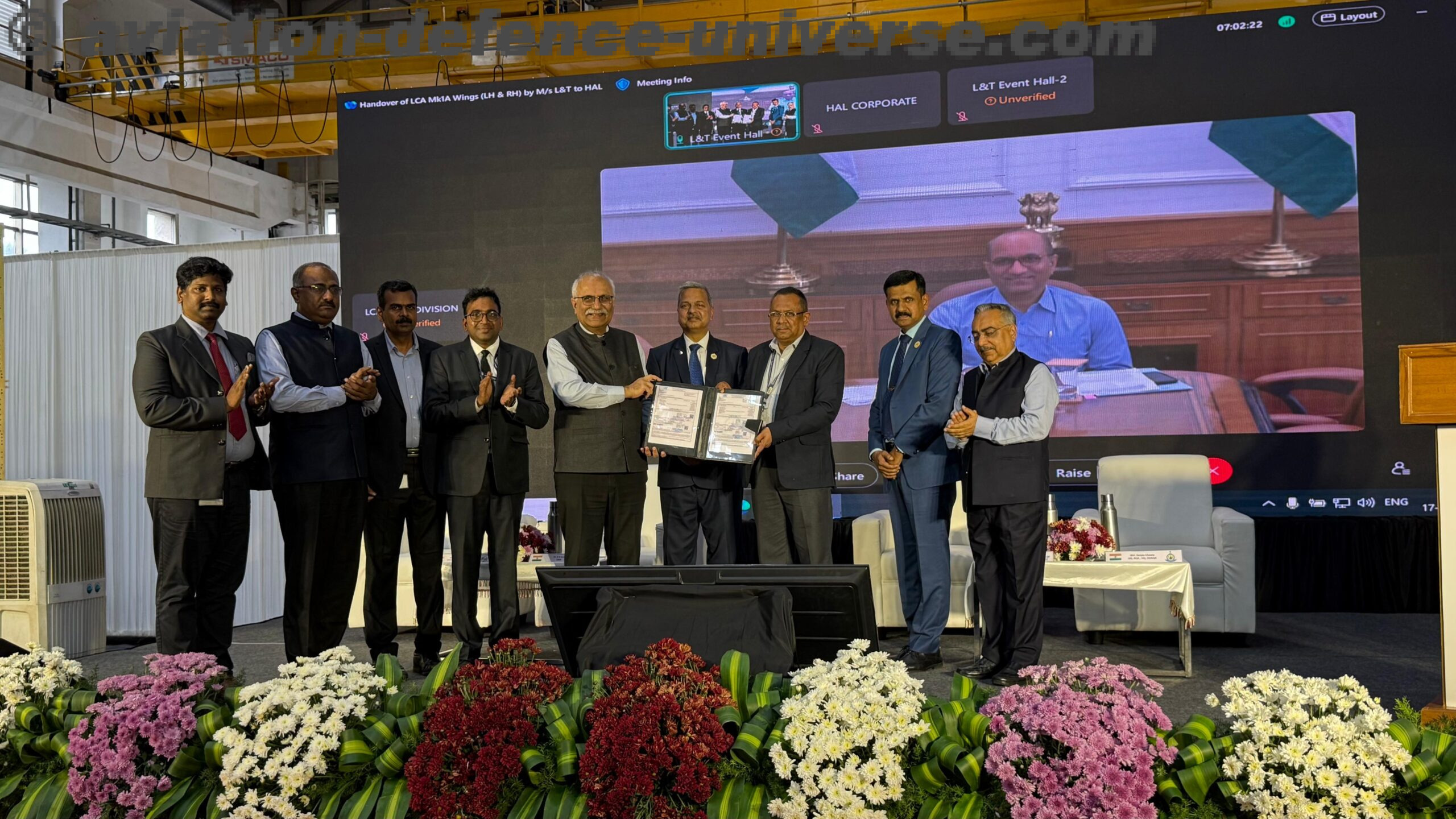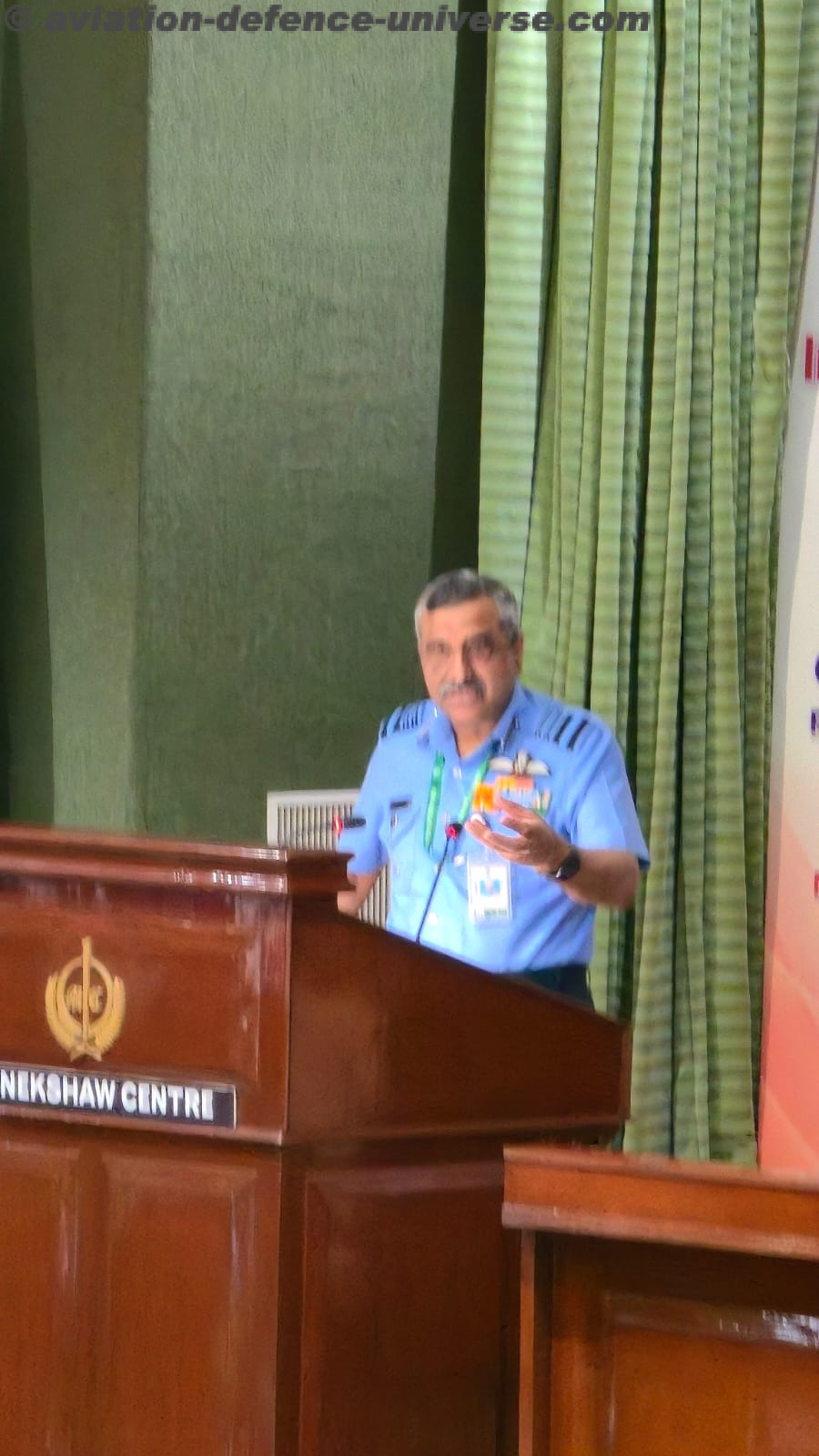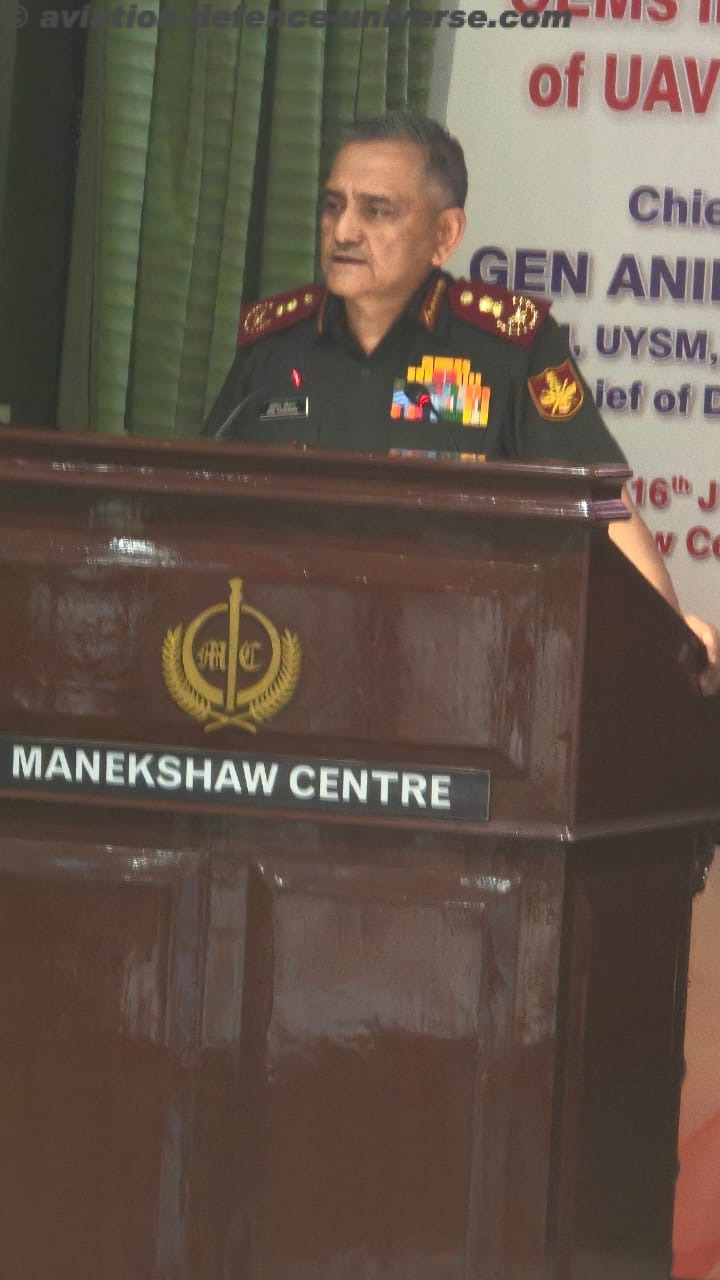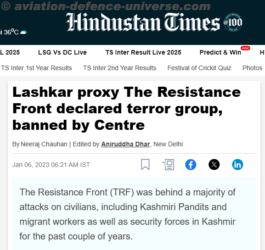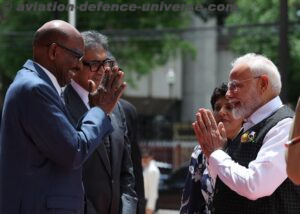By Brig. VK Atray & Sangeeta Saxena
New Delhi. 21 September 2018. The day dawned like any other day today and silently the organisation which has the most popular abbreviation in India entering its mid life. The Research and Analysis Wing popularly called RAW has turned 50 today. And uncannily the year 2018 is also the centenary year of the man who founded India’s this intelligence agency – Rameshwar Nath Kao.
The Research and Analysis Wing (R&AW or RAW) was established in 1968 following the intelligence failures of the Sino-Indian war, which persuaded the Government of India to create a specialised, independent agency dedicated to foreign intelligence gathering. Previously, both domestic and foreign intelligence had been the purview of the Intelligence Bureau.
A brainchild of the then Prime Minister Indira Gandhi, who felt the need of a full-fledged second security service for foreign intelligence gathering, R&AW quickly came to prominence in the global intelligence community, playing a role in major events such as the independence of Bangladesh and the accession of the state of Sikkim to India.
RAW is headed by a senior bureaucrat from the Government of India . Infact most of the Secretaries of Research and Analysis Wing have been Indian Police Service (IPS) officers. R. N. Kao and K. Sankaran Nair belonged to the Imperial Police (IP), of the British colonial days which was renamed as the Indian Police Service after Indian Independence in 1947. N. F. Suntook had served in the Indian Navy, then in the Indian Police Service and in the Indian Frontier Administration Service. Vikram Sood was from the Indian Postal Service (IPoS)and was later permanently absorbed in the RAS cadre. Now he acts as Advisor to Fair Observer. A. S. Dulat was an Indian Police Service officer deputed from the Intelligence Bureau, while K. C. Verma is an ex-Intelligence Bureau officer. All the chiefs have been experts on China or Pakistan except for Ashok Chaturvedi, who was an expert on Nepal.
Activities and functions of R&AW are highly confidential and declassification of past operations are uncommon unlike agencies like CIA, MI6 and Mossad who have many of their activities declassified. R&AW started as a wing of the main Intelligence Bureau with 250 employees and an annual budget of ₹20 million (US$278,528.00). In the early seventies, its annual budget had risen to ₹300 million (US$4.2 million) while its personnel numbered several thousand. In 1971, Kao had persuaded the Government to set up the Aviation Research Centre (ARC). The ARC’s job was aerial reconnaissance. It replaced the Indian Air Force’s old reconnaissance aircraft and by the mid-1970s, R&AW, through the ARC, had high quality aerial pictures of the installations along the Chinese and Pakistani borders. Presently, the budget of R&AW is speculated to be as high as US$450 million to as low as US$100 million.
Slowly other child agencies such as The Radio Research Center and Electronics & Tech. Services were added to R&AW in the 1970s and 1990s. In the 1970s the Special Frontier Force moved to R&AW’s control, working to train Bengali rebels. In 1977, R&AW’s operations and staff were dramatically cut under the Premiership of Morarji Desai, which hurt the organization’s capabilities with the shutting of entire sections of R&AW, like its Information Division. These cuts were reduced following Gandhi’s return. In 2004 Government of India added yet another signal intelligence agency called the National Technical Facilities Organisation (NTFO), which was later renamed as National Technical Research Organisation (NTRO). While the exact nature of the operations conducted by NTRO is classified, it is believed that it deals with research on imagery and communications using various platforms.
The Joint Intelligence Committee (JIC), under the Cabinet Secretariat, is responsible for coordinating and analysing intelligence activities between R&AW, the Intelligence Bureau and the Defence Intelligence Agency (DIA). In practice, however, the effectiveness of the JIC has been varied. With the establishment of the National Security Council in 1999, the role of the JIC has been merged with the NSC. R&AW’s legal status is unusual, in that it is not an “Agency”, but a “Wing” of the Cabinet Secretariat. Hence, R&AW is not answerable to the Parliament of India on any issue, which keeps it out of reach of the Right to Information Act. This exemption was granted through Section 24 read with Schedule II of the act. However, information regarding the allegations of corruption and human rights violations has to be disclosed.
From its inception R&AW has been criticised for being an agency not answerable to the people of India (R&AW reports to Prime Minister only). Fears arose that it could turn into the KGB of India. Such fears were kept at bay by the R&AW’s able leadership. The main controversy which has plagued R&AW in recent years is over bureaucratisation of the system with allegations about favouritism in promotions, corruption, ego clashes, no financial accountability, inter-service rivalry etc. R&AW also suffers from ethnic imbalances in the officer level.
Criticism apart RAW is the biggest asset to the nation. Most of the international affairs of India are monitored by RAW . You wont even have an idea of how many terrorist attack and anonymous attacks were prevented by them and you will never come to know what they do because all their operation under covert. They played a vital role in Bangladesh liberation movement during 1971 and the war. They successfully fooled ISI and their men against their own and stopped the Pakistani flights to pass over Kashmir by an awesome trap.
RAW continuously keeps a watch on every nations defence technology and tactics. Operation Smiling Buddha- successfully kept India’s first nuclear test a secret and fooled CIA who were very actively watching Indians. RAW pre informed the Indian defence about the Pakistan’s plan to take over Siachin which helped in operation Meghdoot.
R&AW was successful in intercepting a telephonic conversation between Pervez Musharraf, the then Pakistan Army Chief and his chief of staff Lt. Gen. Mohammed Aziz, which gave the proof of Pakistani Army’s involvement in Kargil. Before the interception of this conversation, Pakistan refused any links to the Kargil war. This tape was instrumental in proving Pakistani involvement in the Kargil incursion.
RAW undertook Operation Chanakya to infiltrate various separatist groups inside Kashmir. Their major success was in neutralising the terrorist activities in the valley. It successfully collected evidence regarding ISI’s involvement with the separatist groups and other terrorist activities. They were also able to create a split in the terrorist organization, Hizb-ul-Mujahideen and create pro-Indian groups in Kashmir. RAW has always been an asset to India and never a liability as many would like to think.
With inputs from Team ADU











